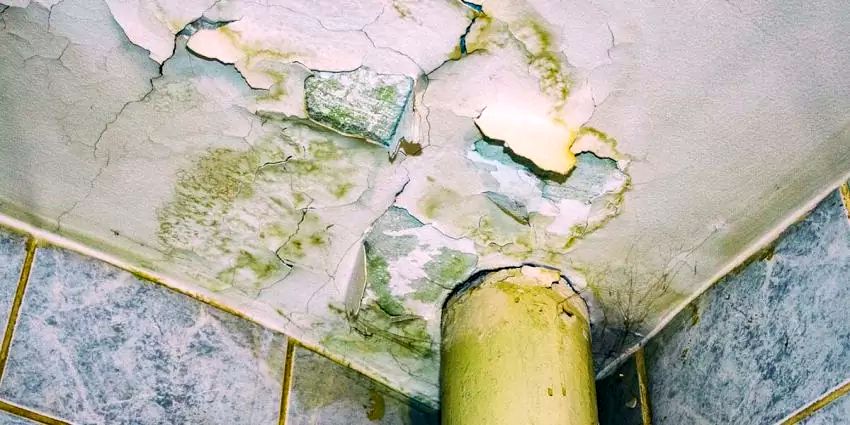Leakage and seepage between flats are among the most common disputes faced in old housing societies. When such leakage originates from the upper flat and damages the lower flat’s ceiling or walls, it raises the question of responsibility—whether it lies with the affected member, the upper flat owner, or the cooperative housing society (CHS). The Model Bye-Laws of Cooperative Housing Societies, 2014, clearly outline the responsibilities of members and the role of the society in such cases.
Responsibility of Flat Owners for Internal Maintenance
As per Bye-law 45, every member must maintain their flat in good condition and ensure that no leakage, seepage, or damage affects another member’s premises. The expenses for such internal leakages or repairs should be borne by the flat owner from whose flat the leakage originates.
If the damage has occurred due to leakage from the upper flat, that member is duty-bound to undertake durable repairs immediately. Temporary measures are not acceptable as they only postpone the problem and can lead to more serious damage later.
Role of the Society in Leakage Issues
The society’s responsibility arises when a dispute occurs between members regarding leakage. As per Bye-laws 47(c), 156, and 159(b), the secretary and managing committee have the authority to:
-
Inspect both flats to determine the source of leakage.
-
Issue a written notice to the upper flat owner, directing them to carry out necessary repairs within a stipulated period.
-
If the member fails to comply, the society can enter the flat after giving due notice and carry out the repairs.
-
The cost of such repairs is recoverable from the defaulting member, as per the society’s rules.
Action You Can Take as the Affected Member
If the upper flat owner refuses or delays repairs, you should:
-
Submit a written complaint to the managing committee detailing the nature of leakage and damage.
-
Request an inspection and follow-up notice to the upper flat owner.
-
If no durable repair is done, you can approach the Cooperative Court for redressal and recovery of damages caused to your flat.
You may also propose cost-sharing for mutual benefit if both flats are affected due to aging plumbing lines.
Renovation and Safety Concerns
Given that your building is 40 years old, any renovation or repair work should be undertaken with caution. Before starting renovation in your flat, ensure that the upper flat owner’s repairs are properly completed to prevent recurring damage. If the structure is weakened due to prolonged leakage, the society must arrange a structural audit and take necessary preventive measures to avoid future mishaps.
Conclusion
In case of leakage disputes, both members and the society have defined roles. The upper flat owner must fix the issue at their cost, and if they fail to act, the society can step in and recover expenses. Maintaining old buildings requires cooperation between members and the society to ensure safety and habitability until redevelopment takes place.





